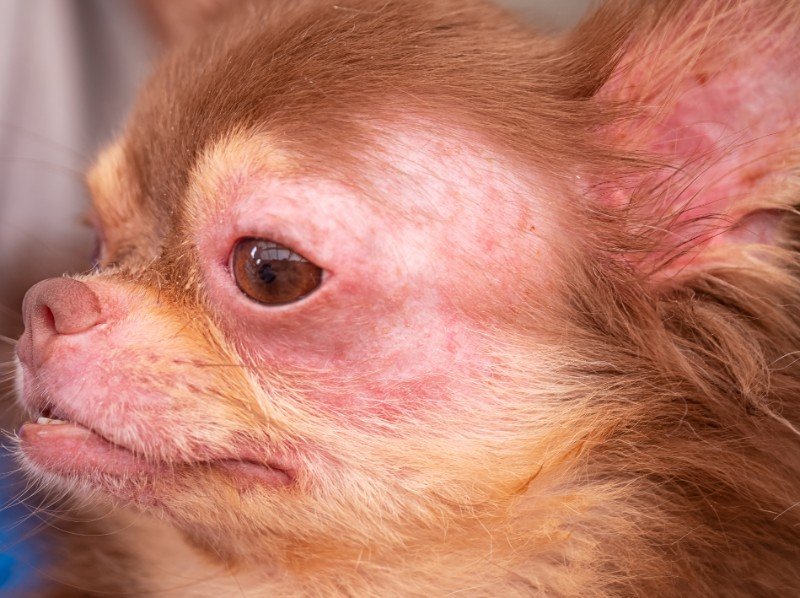
While the word “mange” may strike panic into the hearts of many a pet owner, not everyone truly understands what this term means. Before you jump to conclusions that your itchy pet must have this condition, West Park Animal Hospital wants you to know what goes into diagnosing mange in pets.
Mange in Pets
When we refer to mange in pets, we are actually talking about a skin infection caused by mites. These mites make their homes on the skin of our pets, interrupting normal skin and hair function and resulting in many of the symptoms we can see outwardly.
There are a few different types of mange, all of which result in hair loss. The most common kinds of mange that we see in pets include:
Sarcoptic mange — This contagious form of mange is caused by the Sarcoptes mite. Its presence causes itchy areas and hair loss, especially on the ears, under belly, and face. It spreads by direct contact, and while sarcoptic mange is species specific, it can temporarily infect humans. A person who has an infection with the mite is diagnosed with scabies.
Demodectic mange — Probably the more frequently diagnosed, mange caused by the Demodex mite is often seen in young animals or pets with a lessened immune system. This is because the mite can be present in small numbers normally, but will overgrow given the opportunity. This type of mange causes hair loss and scaly patches but is much less itchy. It is also not typically contagious.
Notoedric mange — Not to forget our feline friends, the Notoedres mite can cause an itchy cat with lesions around the face and ears.
Mange is often diagnosed through microscopic examination of samples obtained by scraping the skin. Sometimes, however, it is diagnosed by response to empirical treatment if it is suspected but not able to be proven.
Beyond the Mangy Mutt
While mange in pets is quick to receive the blame for many skin conditions, it’s important to realize that there’s is a long list of potential causes for itching, hair loss, scales, bumps, and smelly skin. Please make an appointment with us as soon as you discover your pet is having skin issues so that we can get started on a diagnosis and treatment plan.
When an animal patient is having dermatological issues, a physical examination is in order. From there diagnostic tests are essential to ruling problems in or out. Common skin issues can include those caused by:
- Allergic dermatitis (environmental allergies in pets)
- Food allergies
- Parasites (fleas, mange, lice)
- Endocrine conditions (hypothyroidism, Cushings syndrome)
- Bacterial skin infections
- Fungal skin infections
- Autoimmune conditions
- Neoplasia
We absolutely diagnose mange in our patients, but it is impossible to accurately distinguish many of these conditions from one another without diagnostics. Don’t let your pet be uncomfortable. Bring them in immediately so that we can help.
The post Mange in Pets and What You Need to Know appeared first on West Park Animal Hospital Blog.

